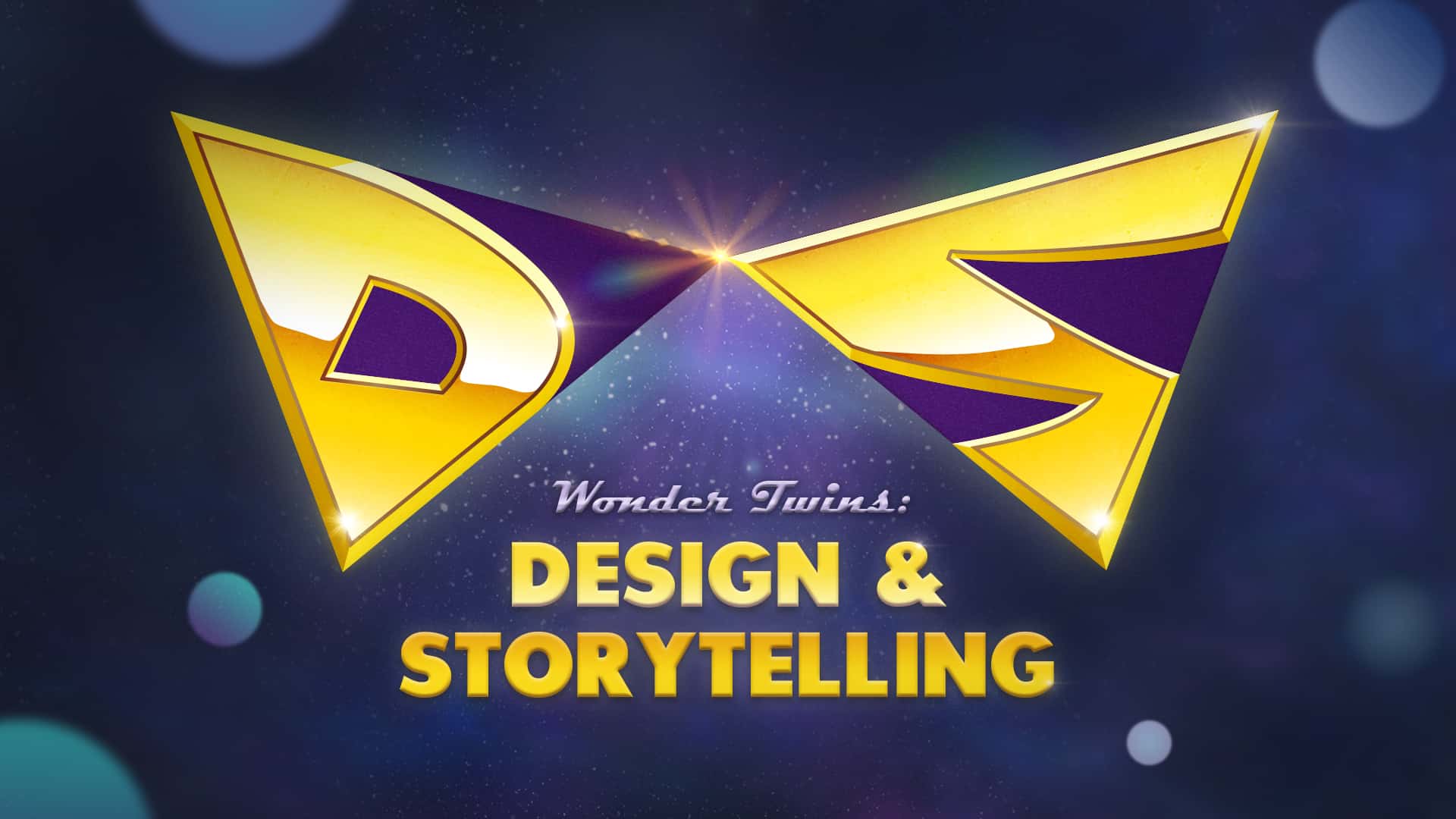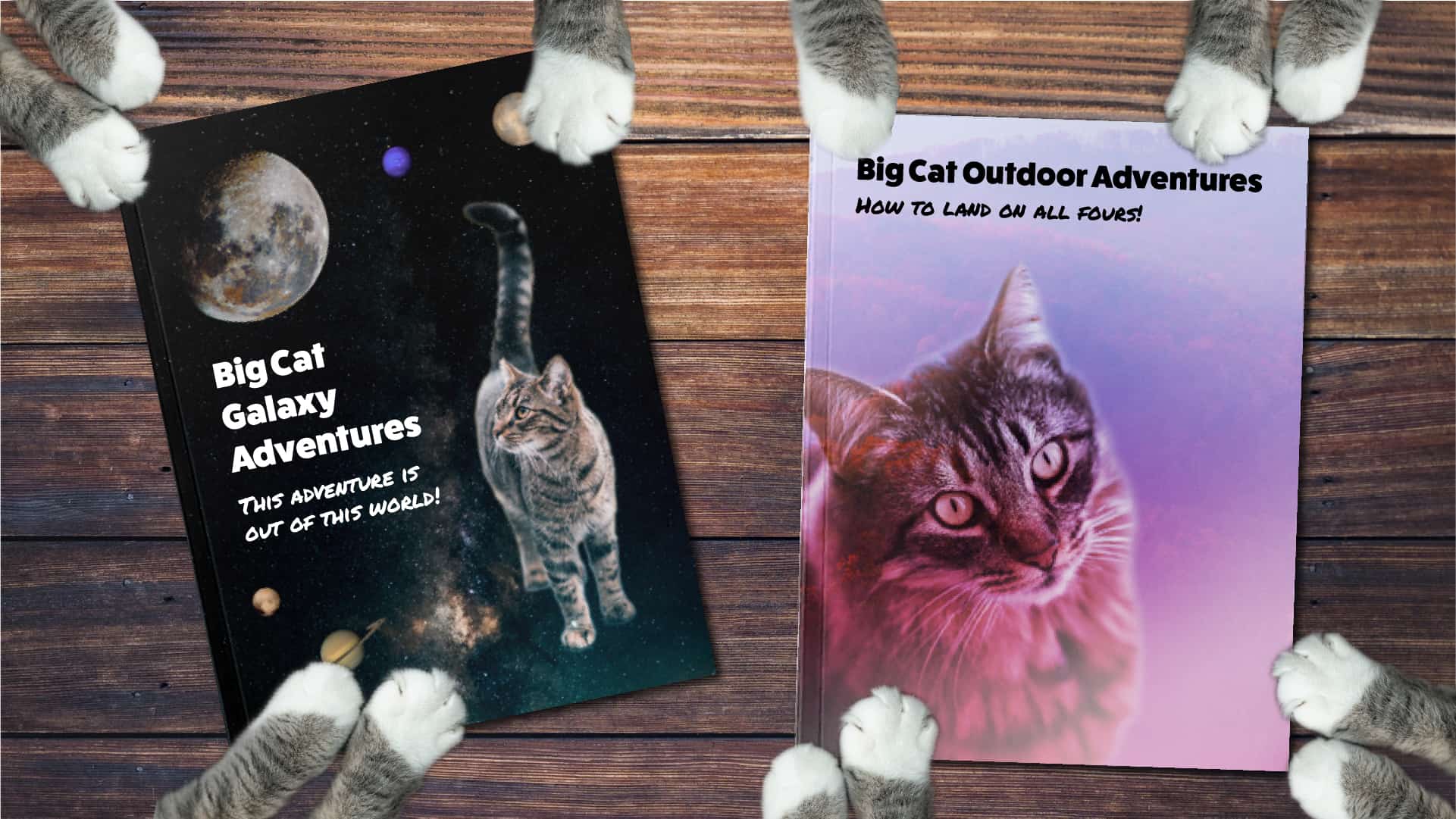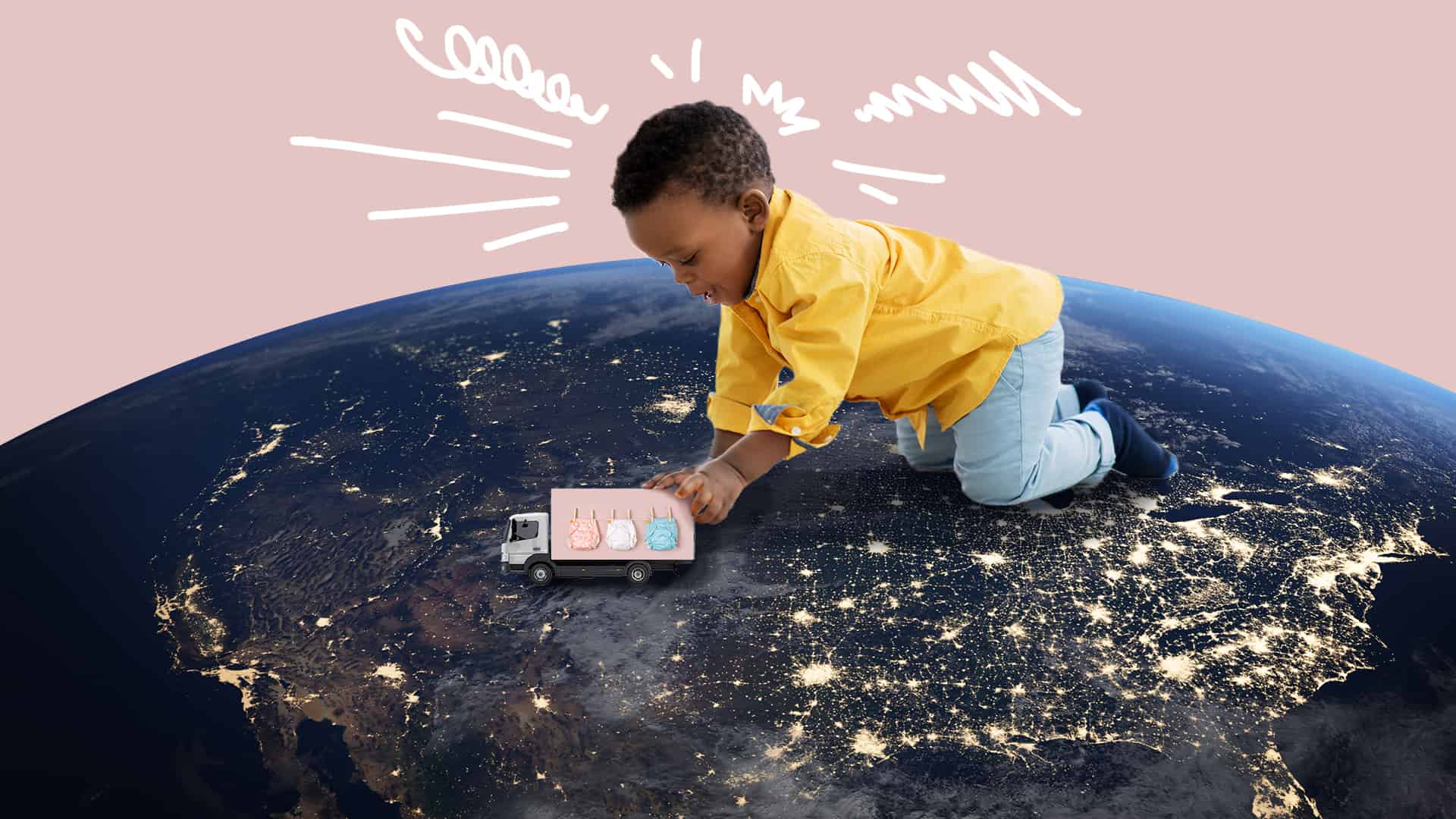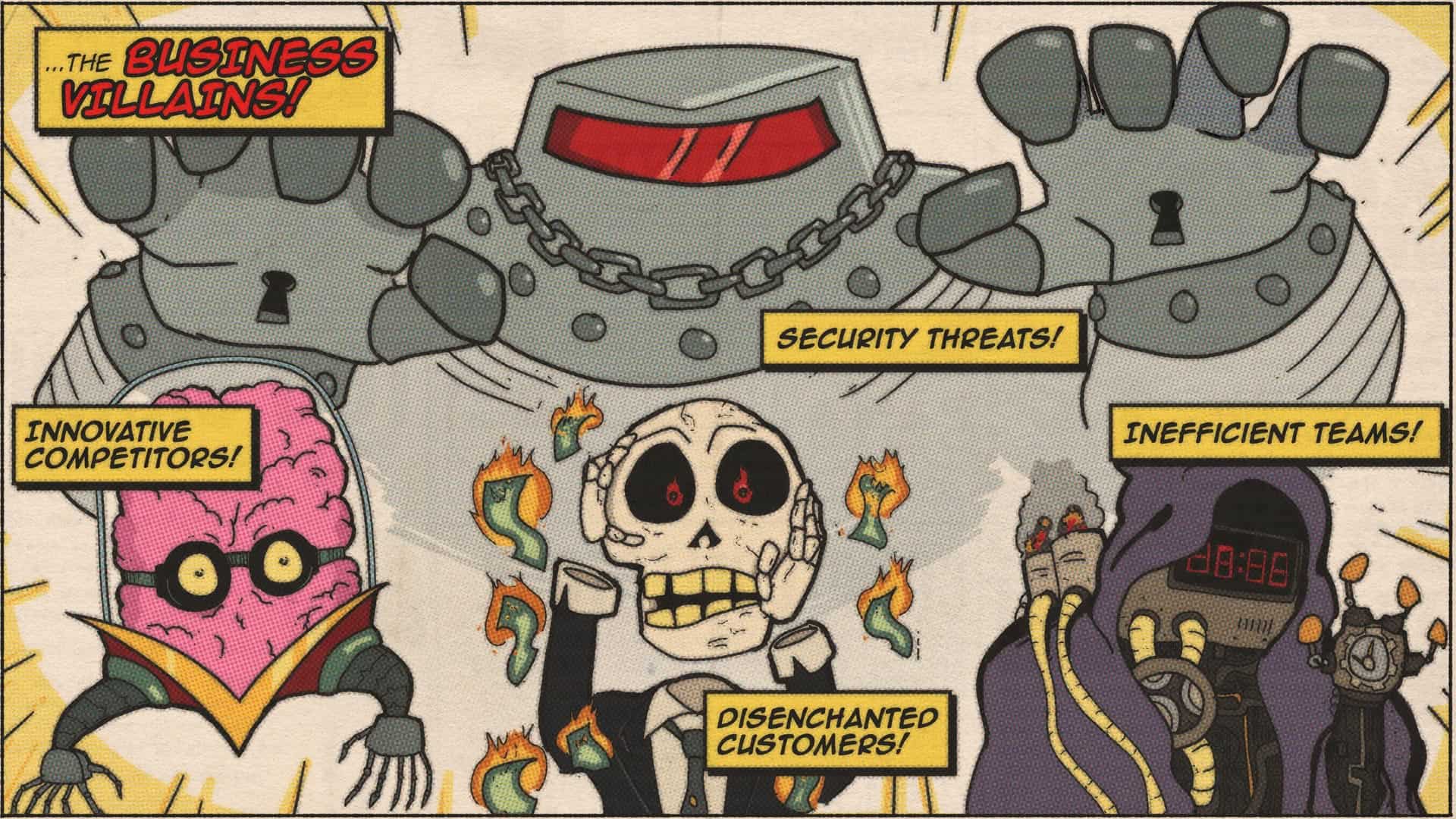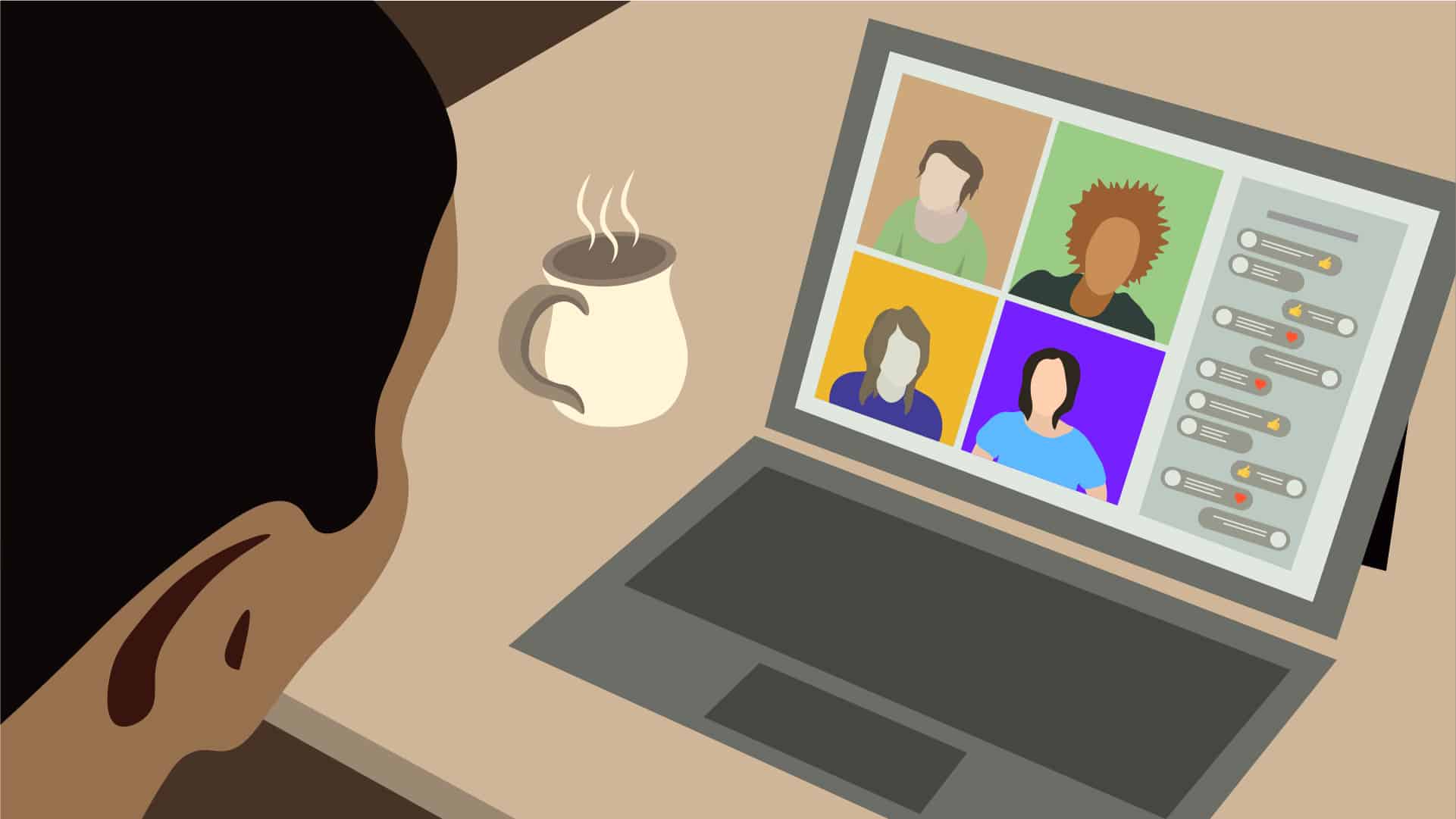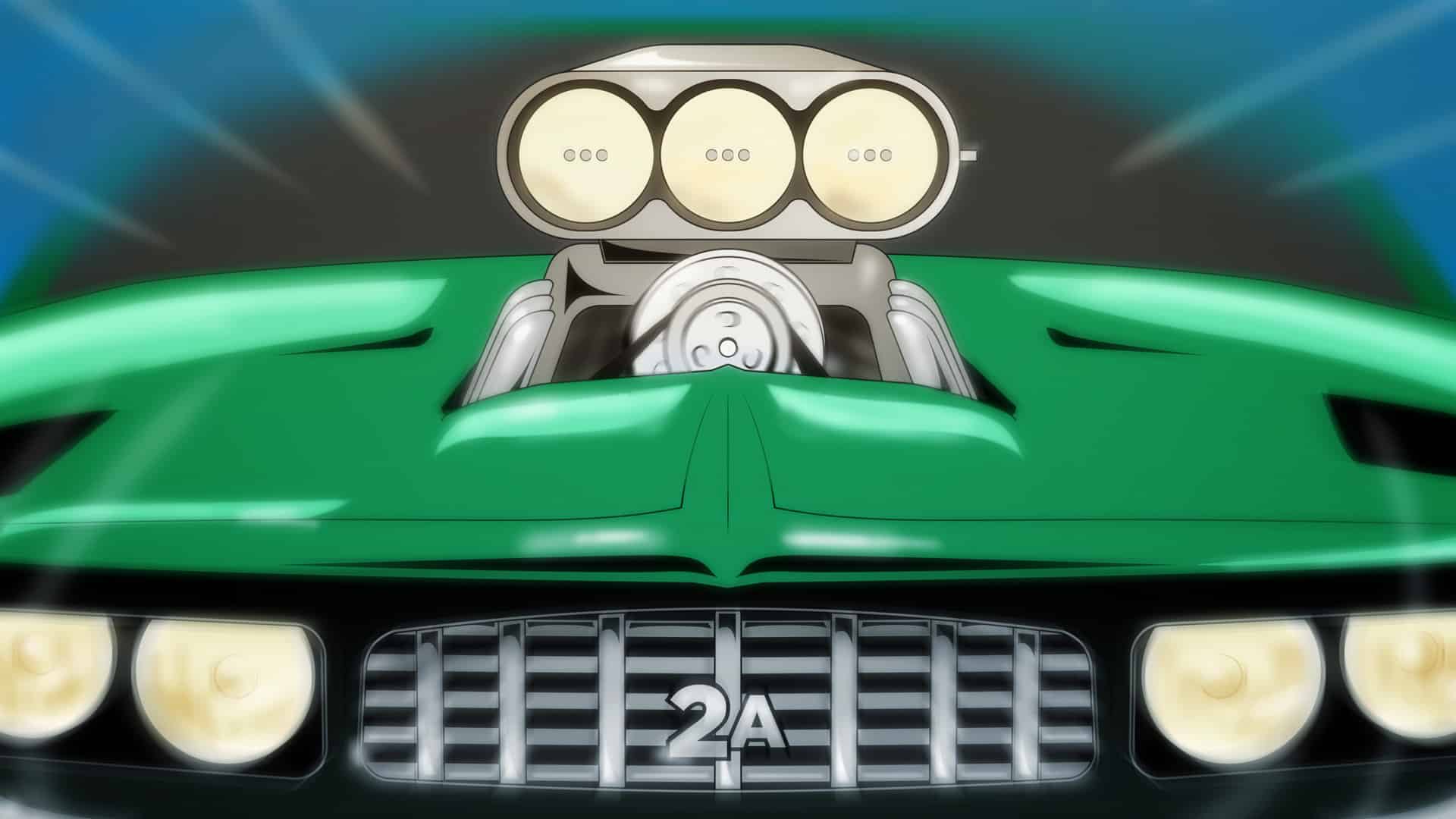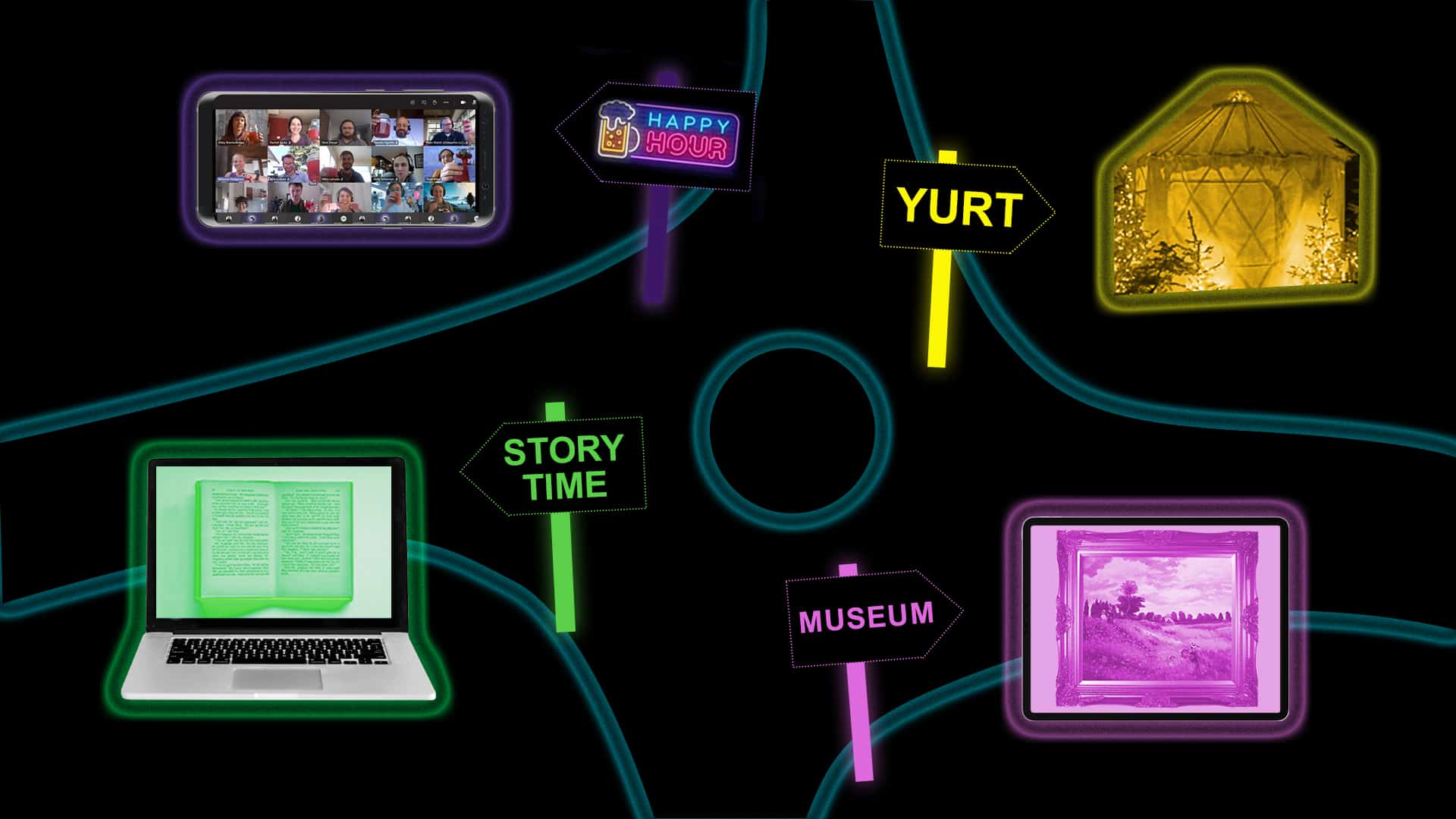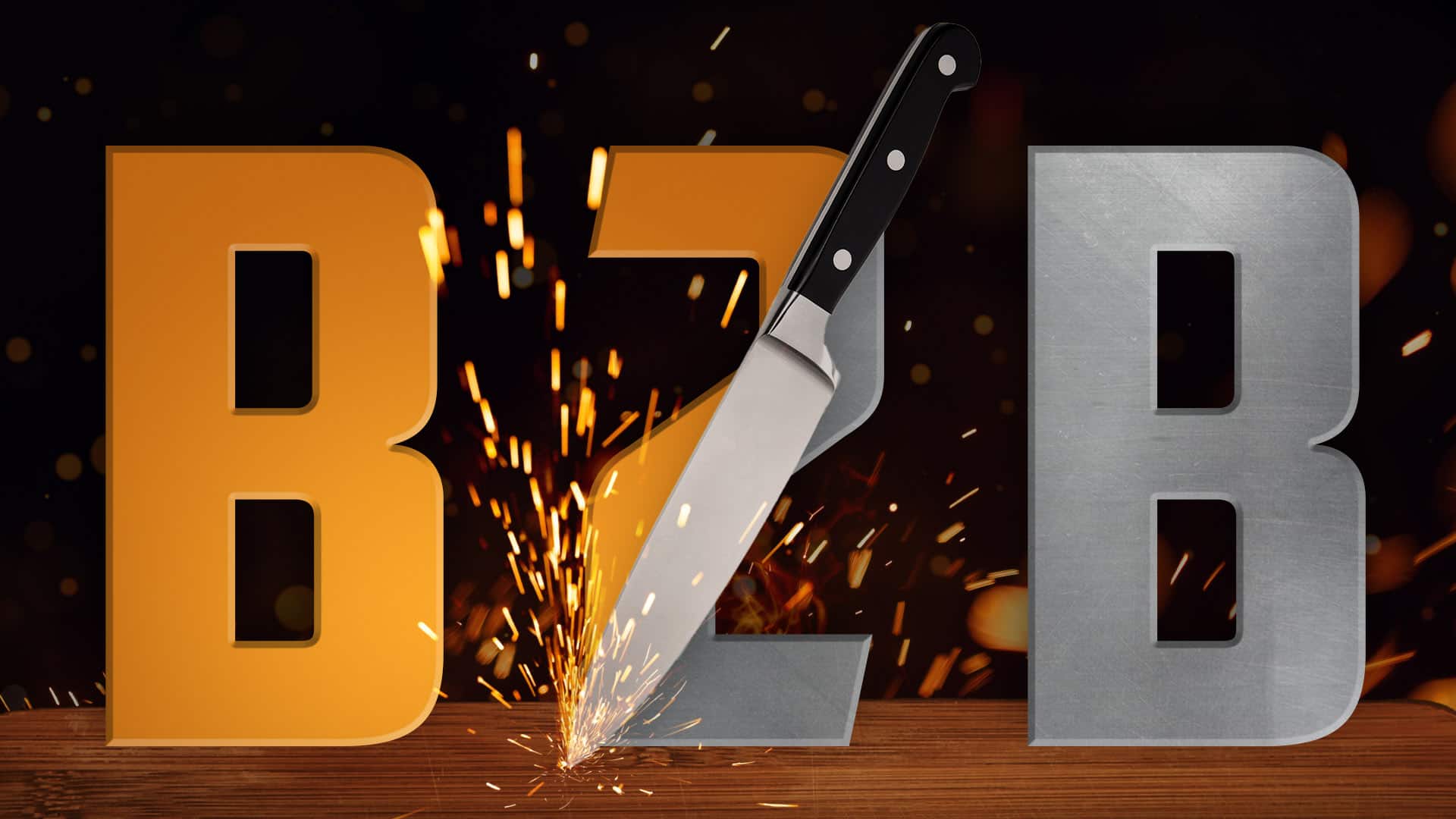
Image by Thad Allen
I started my job at 2A the same week Top Chef: Portland premiered. Though I love to cook, I somehow missed the popular cooking competition until quarantine, and have binged through more seasons than I’d like to admit. While we’re all at home just trying to get by, there’s something inspiring about watching the show’s chefs strive to achieve their dreams.
While watching the premier I was struck by the parallels between creating a winning dish that will delight the Top Chef judges and crafting a content marketing piece that will make potential customers hungry for more. Here are three lessons from Top Chef that can be applied to B2B content creation:
1. Don’t forget the challenge
It’s heartbreaking when a contestant makes an incredible dish but ends up on the chopping block because they lost sight of the challenge. Like, thanks for the truffle mashed potatoes but how does that relate to Edo-period Japan…?
In content creation, it’s essential to keep your eyes on the prize. Whether you’re generating leads or educating customers, your content must help you achieve your business goals.
2. Highlight what makes you special
A common pitfall for Top Chef contestants is to cook food that seems worthy of a win, instead of the food that brings out their passion and unique stories. Adrienne on Top Chef: Colorado struggled when she tried to mimic other contestants, and finally got the attention of the judges when she got back to her roots.
When crafting content, stand out from the competition with assets that convey your company’s unique expertise and brand.
3. Be realistic
Foie gras terrine. Chicken Ballantine. Handmade ravioli. These are all dishes that got Top Chef contestants eliminated who weren’t realistic about time constraints.
Creating content can be time- and resource-intensive. Instead of good intentions leading to something sub-par because you lack the in-house resources, how about bringing in 2A?
Does this mean my many hours watching chefs vie to become culinary champions was not all for naught? It’s hard to say, but I sure did learn a thing or two about making great work, whether that means salt-crusted snapper or an ebook on the merits of cloud-native applications.

